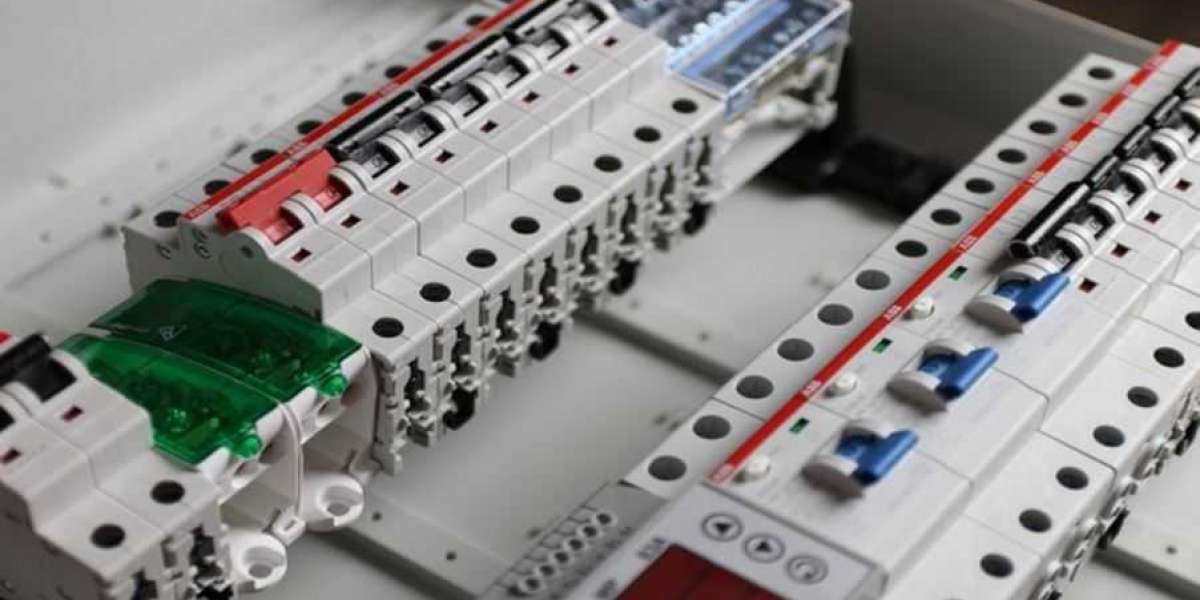Recently, the economy is witnessing one of its toughest times. Due to the pandemic, many companies are taking drastic steps. Many companies, for whom IT is not a core operation, are opting to carve-out their IT units.
Companies are keen to sell or spin-off their IT units. They want to concentrate on their core business. Others are divesting individual subsidiaries from the central IT system. Carve-out has become a common business practice.
What is a carve-out and how does it affect IT separation?
Understanding carve-out:
A carve-out essentially is divestment from the parent company. In a legal and operational sense, it is considered independent. It may be in the form of a subsidiary, joint venture, or a completely independent company.
Carve-outs help existing companies keep an eye on their operational activities. They permit new companies to establish and stabilize themselves.
Crave-out and IT separation
IT separation refers to the act of separating IT assets from a specific business while preserving the core of a company. However, IT has evolved from a business support task to a core part of the business. Hence, it is essential to have a sustainable plan in place for carve-outs or de-merger projects when IT separation is involved.
Challenges faced during Carve-out Carve-out involves complex challenges and questions. For success in IT separation, these must be addressed. Some of these challenges are:
- How to successfully manage an IT separation project?
- How to migrate existing data to new entities?
- How to manage the complexity of the process?
- Is there a need for IT system replacements?
To tackle these challenges, two principal factors that must be considered:
- Implications for IT during a carve-out
- Transitional Service Agreement (TSA)
- Let us briefly understand both these factors.
Implications for IT separation during a carve-out
There are some implications for IT during divestment. A keen understanding of these implications is vital to the success of the project. They must be resolved during the implementation of the strategy. Some common implications are:
Separation of assets
In the event where both entities share the same location, separation of assets is a major implication. These include assets like phones, servers, printers, security systems, and network connections, among others.
Transition of systems
Some common systems support the separated entity. This implication must be resolved with a proper plan for a smooth transition of the systems.
Software licenses
The parent company holds the software licenses. There must be a provision for transitioning the license to the new entity. The other option is to provide an RTU (right to use) license till the new company can obtain licenses from the software company.
Transitional Services Agreement
Carve-out is a time-bound process. Hence, a transitional service agreement (TSA) is crucial to the process. This agreement lists the services that will be provided by the seller to the new entity. It will also provide a period in which the services will be provided.
For a variety of reasons, the Chief Information Officer may opt-out of providing some of the services.
TSA gives time for the buyer to set up the required IT infrastructure. The seller continues to support some management processes. The new entity may also rent infrastructure from the parent company.
The key elements of TSA must include these points:
- If an RTU software license can be provided during the transitional phase.
- The transition of customers, suppliers, and other third parties.
- Segregation of infrastructure and assets used in shared locations.
- Support agreements from third-party vendors
- The transition of data, including the data on cloud systems.
- Smooth transition of a help desk.
- Smooth transition of security compliant to cyber laws and policies.
- The transition of customizations like z-transactions and z-reports in SAP
Conclusion
Understanding the implications for IT defines a smooth crave-out strategy. Getting into a TSA resolves these implications. An efficient TSA will create an agreement about each key element and the time required for these. The TSA makes the crave-out a success factor in separation of IT systems.








